These characteristics of AFSV makes it one of the most structurally complex viruses we face in Veterinary
African Swine Fever (ASF) is a fatal viral hemorrhagic disease of domestic pigs and wild boar. There is no treatment or vaccine against ASF virus.

African Swine Fever (ASF) is a fatal viral hemorrhagic disease of domestic pigs and wild boar. There is no treatment or vaccine against it and the only control measures currently in place are based on a combination of early diagnosis and emptying of affected farms.
ASF is present in some countries in Europe and also reached China, Mongolia, and Vietnam before entering other areas of Europe and Asia. ASF virus (ASFV) was also detected in South America and even if North America has always been considered free from ASF, some experts warn that it may have arrived there too.
Africa is the origin of ASF, coinciding with the first introduction of domestic pigs from Europe at the beginning of the last century. Initially, ASF was thought to be a variant of classical swine fever (CSF), but after a series of studies, it was concluded that these were different diseases, as pigs that had overcome CSF were not protected against ASF. In the 1930s, the causal agent, the ASFV, was isolated:

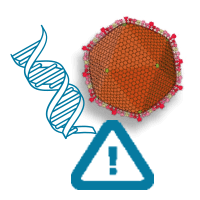



These characteristics of AFSV makes it one of the most structurally complex viruses we face in Veterinary
ASFV – A VIRUS WITH A COMPLEX CYCLE
WILD CYCLE
African wild pigs such as warthogs (Phacochoerus africanus or Phacochoerus aethiopicus) and bushpigs (Potamochoerus larvatus) are the natural asymptomatic hosts of ASFV, i.e. they do not manifest the disease.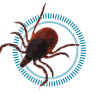
ASFV also infects arthropods, specifically soft ticks of the genus Ornithodoros, which are capable of vertically transmitting the virus to their progeny.
TO CONTINUE READING REGISTER IT IS COMPLETELY FREE
Access to articles in PDF
Keep up to date with our newsletters
Receive the magazine for free in digital version
REGISTRATION
ACCESS
YOUR ACCOUNT
LOGIN
Lost your password?
Subscribe now to the technical pig magazine
AUTHORS

Bifet Gracia Farm & Nedap – Automated feeding in swine nurseries

The importance of Water on pig farms
Fernando Laguna Arán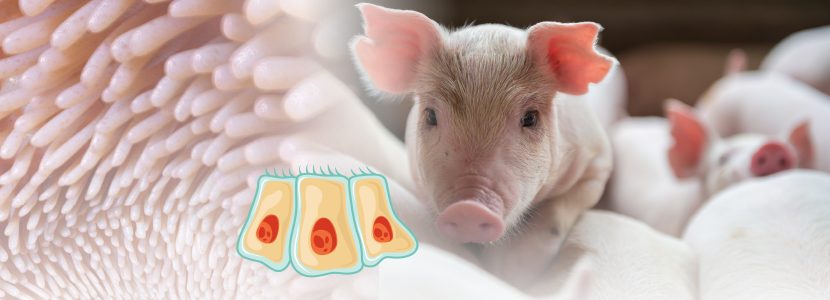
Microbiota & Intestinal Barrier Integrity – Keys to Piglet Health
Alberto Morillo Alujas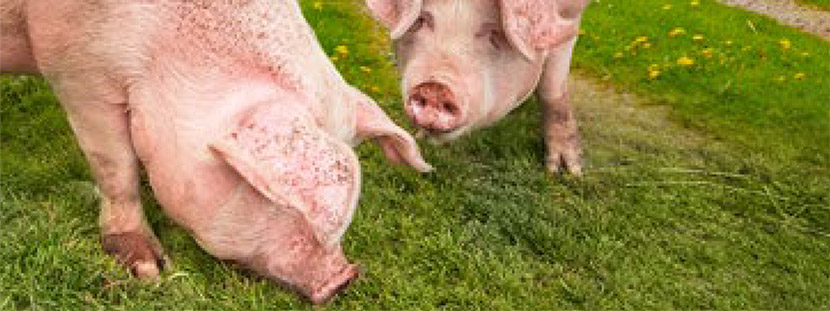
Impact of Reducing Antibiotic use, the Dutch experience
Ron Bergevoet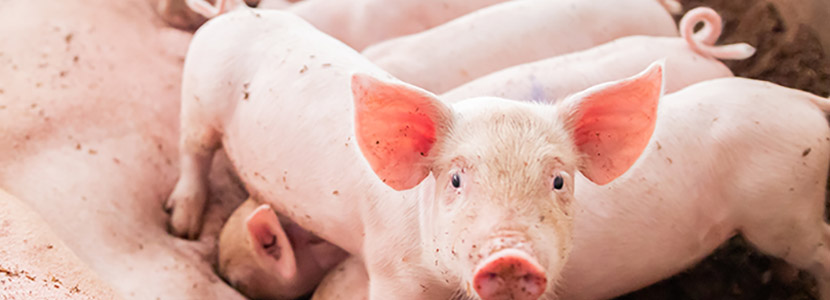
The keys to successful Lactation in hyperprolific sows
Mercedes Sebastián Lafuente
Addressing the challenge of Management in Transition
Víctor Fernández Segundo
Dealing with the rise of Swine Dysentery
Roberto M. C. Guedes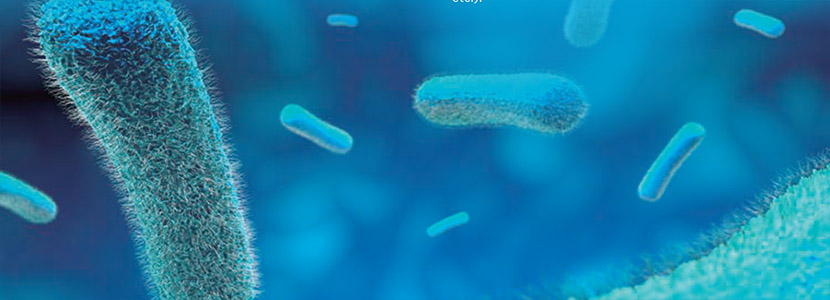
Actinobacillus pleuropneumoniae – What are we dealing with?
Marcelo Gottschalk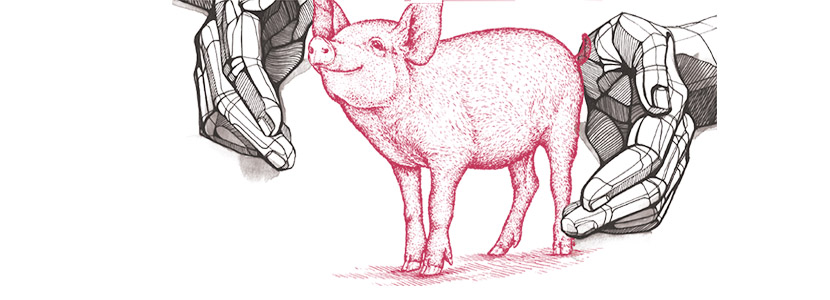
The new era of Animal Welfare in Pig Production – Are we ready?
Antonio Velarde
Gut health in piglets – What can we do to measure and improve it?
Alberto Morillo Alujas
Interview with Cristina Massot – Animal Health in Europe after April 2021
Cristina Massot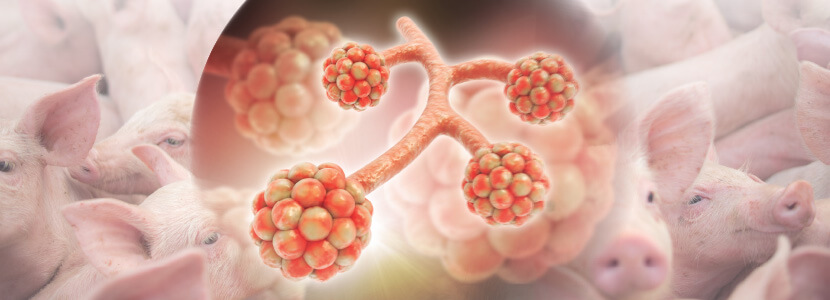
Differential diagnosis of respiratory processes in pigs
Desirée Martín Jurado Gema Chacón Pérez